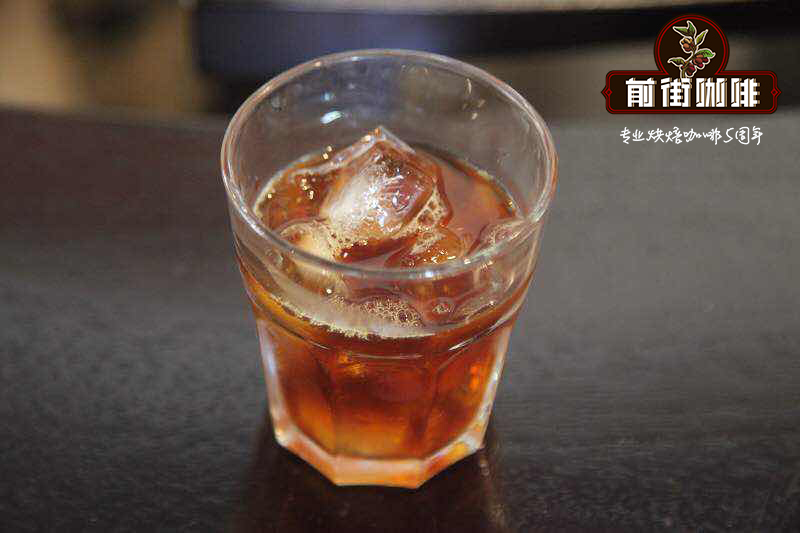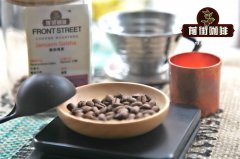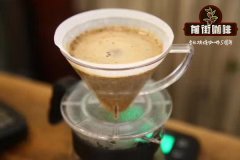Introduction to coffee insolation and water washing treatment | what is the difference between coffee washing and tanning?

Professional coffee knowledge exchange more coffee bean information please follow the coffee workshop (Wechat official account cafe_style)
Solarization (Dry process/Natural method)
Sun drying is the oldest and most primitive treatment of coffee beans. Compared with water washing, this drying method of coffee is also known as "natural coffee" or "sun coffee". The harvested coffee fruit is directly exposed to the sun for about two to four weeks. This method is generally used in countries with a clear dry and wet climate.
"Solar method-treatment process"
1. Harvest ripe coffee fruit
two。 Preliminary selection of impurities and inferior beans
3. Select floating beans: pour the coffee fruit into the sink, the ripe and full fruit will sink to the bottom of the sink, and the immature or incomplete fruit will surface.
4. Sun drying
Take out the ripe coffee fruit that sank at the bottom of the sink and spread it in the sun-drying field to reduce the moisture from 70% to about 10-12%. Turn the fruit several times a day to dry evenly, and cover it at night to avoid moisture.
5. Remove the shell: after about two to four weeks of exposure, the outer layer of the coffee seed has been dry and hard, and then use a sheller to remove the shell.
6. Packaging and transportation
After shelling, the coffee beans will be packed in a bag, which is also what we generally call raw beans. Finally, after different baking processes and brewing changes, it can show the taste changes of millions of kinds of coffee.
Solarization-advantages and disadvantages
Advantages: the treatment process is very simple, does not need to invest too many tools and equipment, and except for the steps of removing floating beans, it does not need to use water, the cost is low, and it is widely used in areas where water resources are not abundant and less affluent. Disadvantages: 1. Need enough space exposure, and because the coffee beans must be placed outside, so there are often fallen leaves, insects and other impurities mixed in. two。 The intensity of sunlight varies every day, so it is difficult to control the dryness of coffee beans. 3. It takes more manpower to turn regularly in order to ensure that mildew and decay will not occur.
At present, there is an improved design of "African viaduct". The weaving net with tripod can avoid moisture and soil impurities on the ground, and the air convection makes the curry fruit more ventilated and dry evenly.
Washing method (Wet process/Washed method)
The technology of washing was invented by the Dutch in the 18th century. Due to the frequent rain and high humidity in some countries, it is impossible to implement the solarization method at all, so although the process is relatively cumbersome, it is the most widely used treatment method at present. The biggest difference from the sun method is the use of fermentation to remove the pectin layer.
"washing process-treatment process"
The first three steps are the same as the sun treatment (1. Harvest ripe coffee fruit 2. Preliminary removal of impurities and inferior beans 3. Screen floating beans)
4. Remove the peel and pulp: the selected good coffee fruit is put into the pulp sieving machine to remove the exocarp and pulp and leave seeds (coffee beans).
5. Pectin removal by fermentation: put the coffee seeds with a layer of mucous membrane (pectin) in the fermentation tank and use biological treatment to dissolve the pectin by fermentation bacteria.
6. Washing to remove impurities: since the fermentation bacteria will remain on the coffee beans, the beans need to be sent to the washing pool for a second screening (defective beans will float on the surface). This step will consume a lot of clean water in order to clean it up.
7. Coffee bean drying: coffee fruit is usually dried by machine (or sun drying) so that the moisture content is reduced to 1014%.
8. Remove endocarp and silver skin: finally, use a sheller to remove the remaining endocarp and silver skin, that is, complete the processing, you can carry out the packaging and transportation of raw beans!
Washing method-advantages and disadvantages
Advantages: coffee beans have less impurities and complete appearance, and because the pulp in the coffee fruit has been removed from the very beginning, there is no need to worry about mildew, and the overall quality is more stable. Disadvantages: the process of washing is complex and tedious, and requires a lot of water, so the cost is relatively higher than the sun method, and it is less used in areas where water resources are scarce.
END
Important Notice :
前街咖啡 FrontStreet Coffee has moved to new addredd:
FrontStreet Coffee Address: 315,Donghua East Road,GuangZhou
Tel:020 38364473
- Prev

Honduran whisky barrel processing coffee beans introduction to small raspberry boutique coffee beans
Professional coffee knowledge exchange more coffee bean information Please follow the coffee workshop (Wechat official account cafe_style) speaking of Honduran coffee, many people may feel very strange. Is there coffee in Honduras? In my impression, this is one of the most restless countries in China and the United States, and the current political situation is still very unstable. The only thing that can be connected with it is the world-famous diving victory.
- Next

Analysis of Coffee Solarization| How is the coffee processed and what flavor does it have?
Professional coffee knowledge exchange More coffee bean information Please pay attention to coffee workshop (Weixin Official Accounts cafe_style) Sunlight treatment method Sunlight treatment method Step 1 Coffee fruit harvest manual or mechanical harvest Step 2 Fruit sorting manual or flotation method Step 3 Sunlight directly on the ground drying or special drying site Step 4 When the coffee fruit reaches appropriate
Related
- Beginners will see the "Coffee pull flower" guide!
- What is the difference between ice blog purified milk and ordinary milk coffee?
- Why is the Philippines the largest producer of crops in Liberia?
- For coffee extraction, should the fine powder be retained?
- How does extracted espresso fill pressed powder? How much strength does it take to press the powder?
- How to make jasmine cold extract coffee? Is the jasmine + latte good?
- Will this little toy really make the coffee taste better? How does Lily Drip affect coffee extraction?
- Will the action of slapping the filter cup also affect coffee extraction?
- What's the difference between powder-to-water ratio and powder-to-liquid ratio?
- What is the Ethiopian local species? What does it have to do with Heirloom native species?

